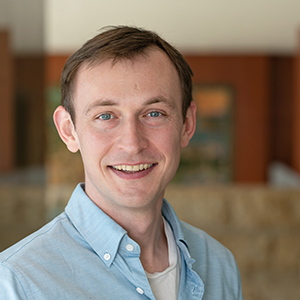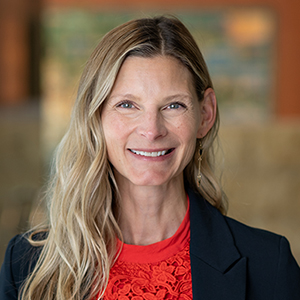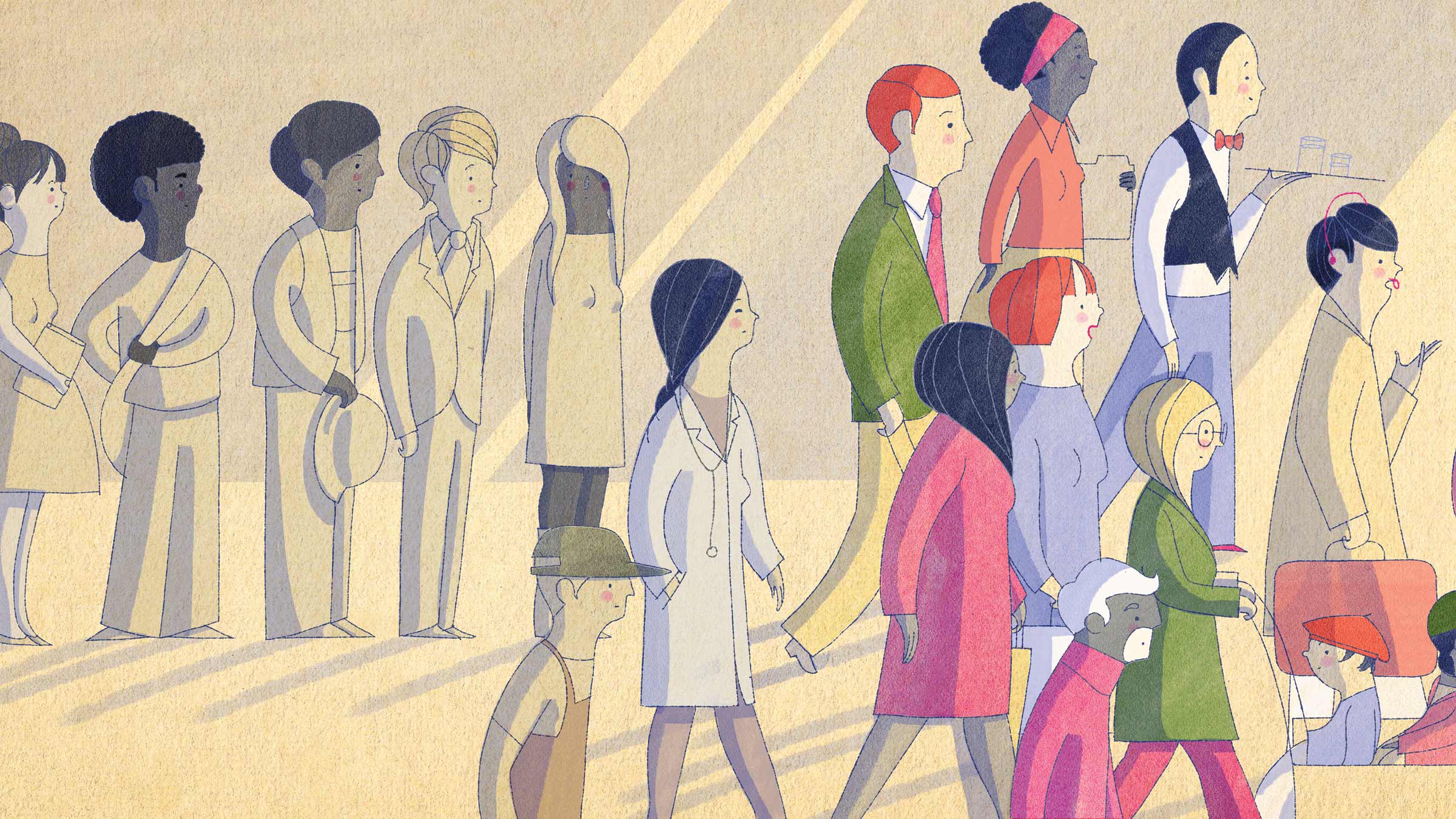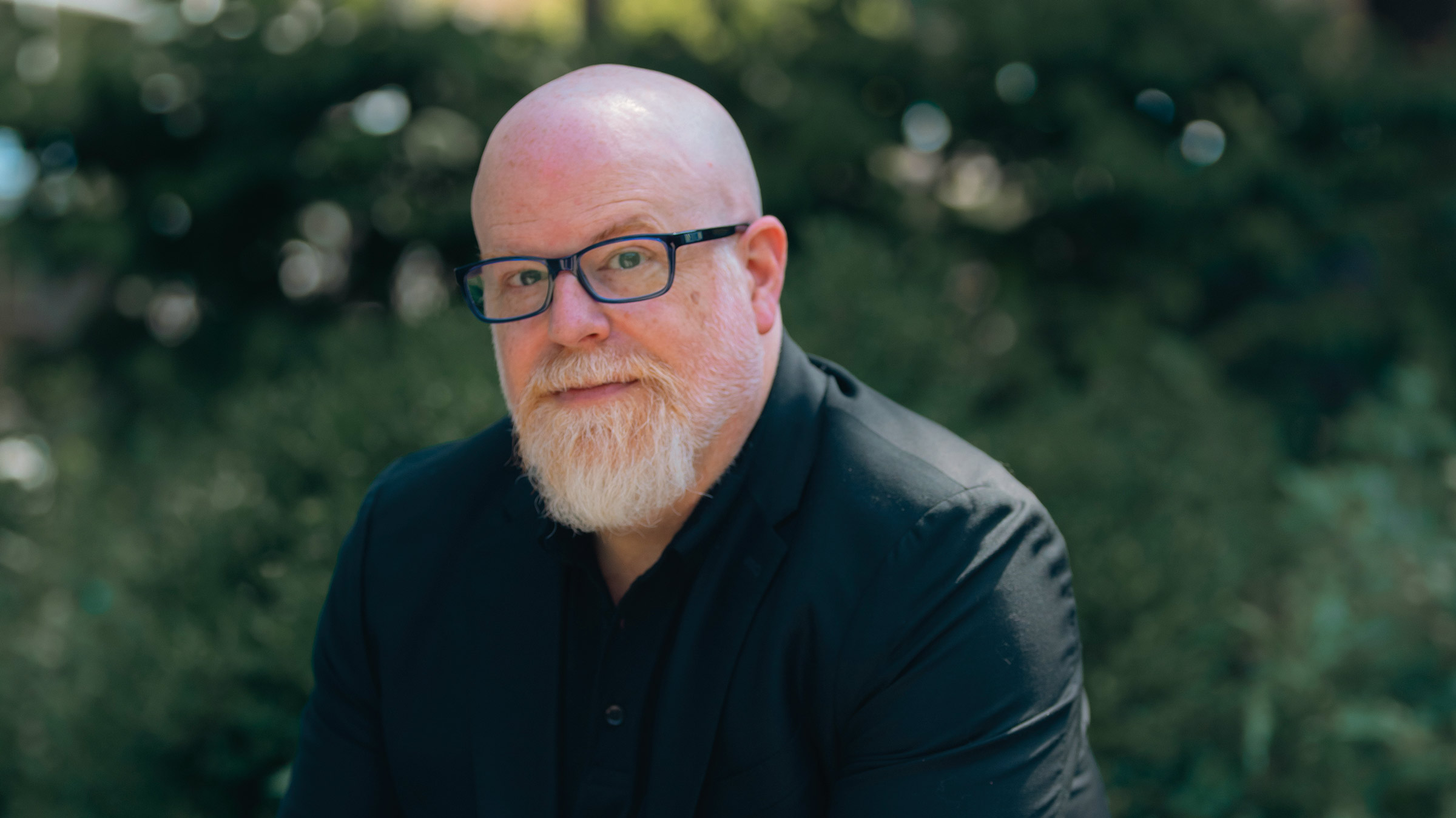When a worker is out of a job, they face a decision about whether to search for a new one. Active job seekers are classified as “unemployed,” while those who stop searching are considered “out of the labor force.” After 26 weeks of job seeking, individuals become “long-term unemployed.”
Long-term unemployment can be a desperate situation. Benefits expire, savings deplete, and debts grow. Evidence shows that workers’ mental and physical health deteriorate during prolonged unemployment periods, creating additional barriers to reemployment.
What portion of unemployed workers eventually enter long-term unemployment? Our analysis of 2022 survey data reveals that 24 percent of unemployed workers remained jobless for six months or more, while around 50 percent took a job before then. The rest left the labor force—some within weeks, others after several months.
Getting a job
In 2022, slightly more than half of people who found a new job within 6 months took a job in an industry different from their last job.
Leaving the labor force
About 1 in 5 unemployed people in 2022 who left the labor force did so because they were discouraged by an unsuccessful job search.
An equal share left the labor force because of health concerns or childbirth.
About 17% of labor force leavers attended school.
Reaching long-term unemployment
In August 2022, 1.2 million Americans had been unemployed for 27 weeks or longer. In August 2025, the number was 1.9 million.
Sources: U.S. Census Bureau’s Survey of Income and Program Participation (SIPP). Sample universe is all respondents who became unemployed in 2022 and who were at least 18 years old when their unemployment period began. U.S. Bureau of Labor Statistics.







